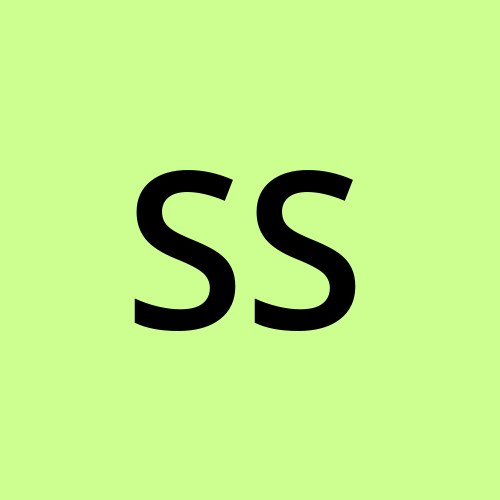Developing an Easy Photo Editing Tool in Python
 Shivankur Sharma
Shivankur SharmaCreating a Simple Photo Editor with Python: A Blend of Technology and Creativity
In an era dominated by visual communication, the need for user-friendly and accessible photo editing tools has never been more pronounced. In this project, I created a straightforward yet effective photo editor using Python. The main objective was to design an intuitive graphical user interface (GUI) that allows users to perform basic photo editing tasks. The technologies employed in this project include Seaborn, Tkinter, and Pickle.
Project Overview
This Photo Editor is designed to provide a seamless experience through a well-crafted graphical user interface built using the Tkinter library. Leveraging the capabilities of the PILLOW library, the editor facilitates fundamental image adjustments, filters, and the addition of text overlays. Whether users are looking to fine-tune personal photographs or add creative elements to their visuals, this project offers a user-friendly environment for achieving desired results.

Key Features
- Graphical User Interface: The project employs Tkinter to create an intuitive and accessible GUI, making it easy for users to navigate and utilize the photo editing features.
- Image Adjustments: Basic functionalities such as cropping, resizing, and rotating images are supported, providing users with essential tools for photo enhancement.
- Filters and Effects: A variety of filters can be applied to images, allowing users to experiment with different visual styles and effects.
- Text Overlays: Users can add text to their images, offering a way to personalize or annotate photos.
- Seamless Integration: The PILLOW library is used for image processing, ensuring smooth and efficient handling of image files.
- Data Persistence: Using the Pickle module, the project supports saving and loading of user settings and editing sessions, enhancing user experience.
Technologies Used
- Tkinter: For building the graphical user interface.
- PILLOW: For image processing and manipulation.
- Seaborn: For statistical data visualization, providing a visual understanding of image properties.
- Pickle: For saving and loading user preferences and editing sessions.
Getting Started
To run this Photo Editor, you need to have Python installed on your system along with the necessary libraries. Here’s how you can set it up:
- Install Python: Download and install Python from the official website.
Install Required Libraries: Use pip to install the required libraries:
pip install pillow tkinter seabornProject Repository: Access the full project on GitHub here.
Exploring Image Processing and GUI Design
As we delve into the intricacies of image processing and graphical interface design, this project not only serves as a practical tool but also as an exploration into the fusion of technology and creativity. By leveraging libraries like Tkinter and PILLOW, we can create powerful applications that are both functional and user-friendly.
Conclusion
This Photo Editor project highlights the potential of Python in developing accessible and versatile tools for everyday use. Whether you're a beginner learning the ropes of programming or an experienced developer exploring new possibilities, this project offers valuable insights and practical experience in GUI design and image processing.
Join us on this journey as we present a comprehensive yet accessible Photo Editor tailored for the modern digital landscape.
References
Subscribe to my newsletter
Read articles from Shivankur Sharma directly inside your inbox. Subscribe to the newsletter, and don't miss out.
Written by



